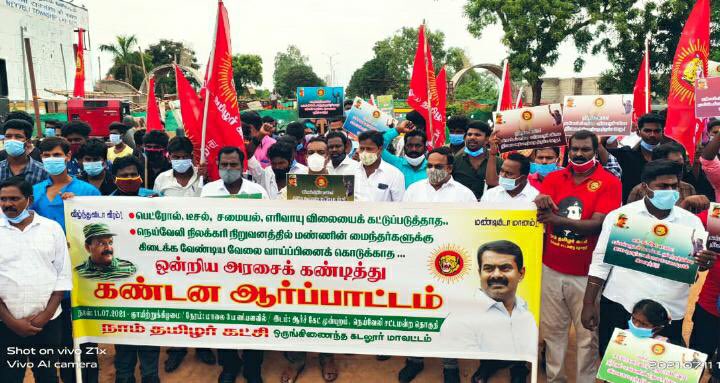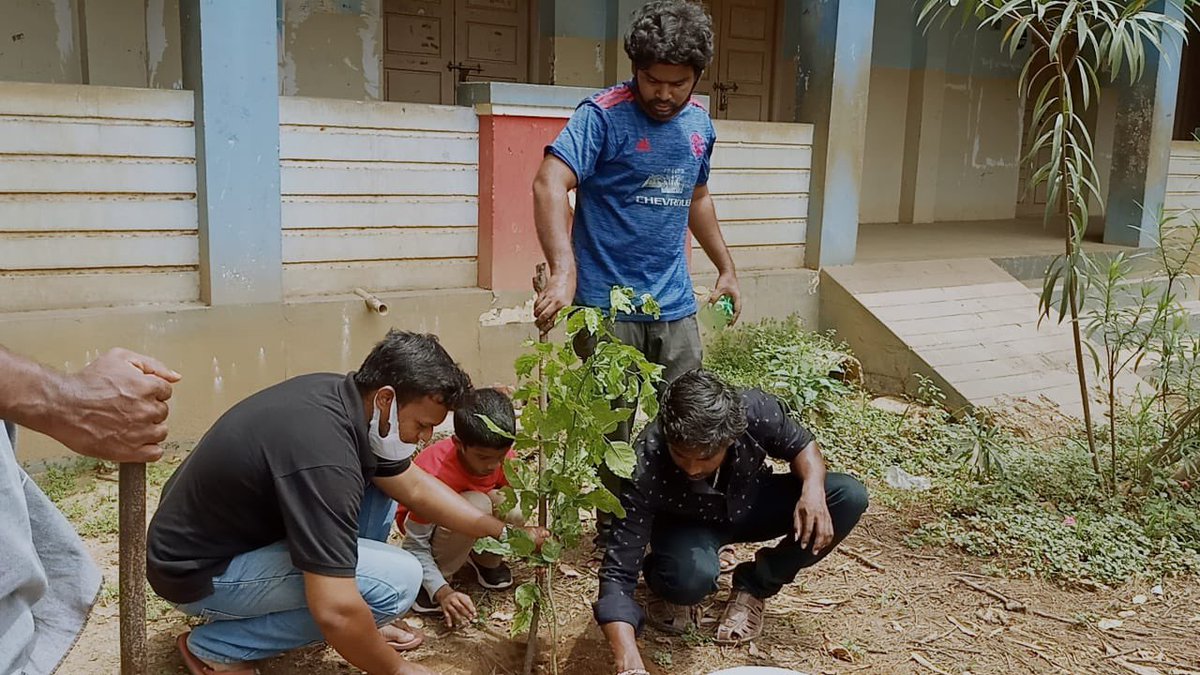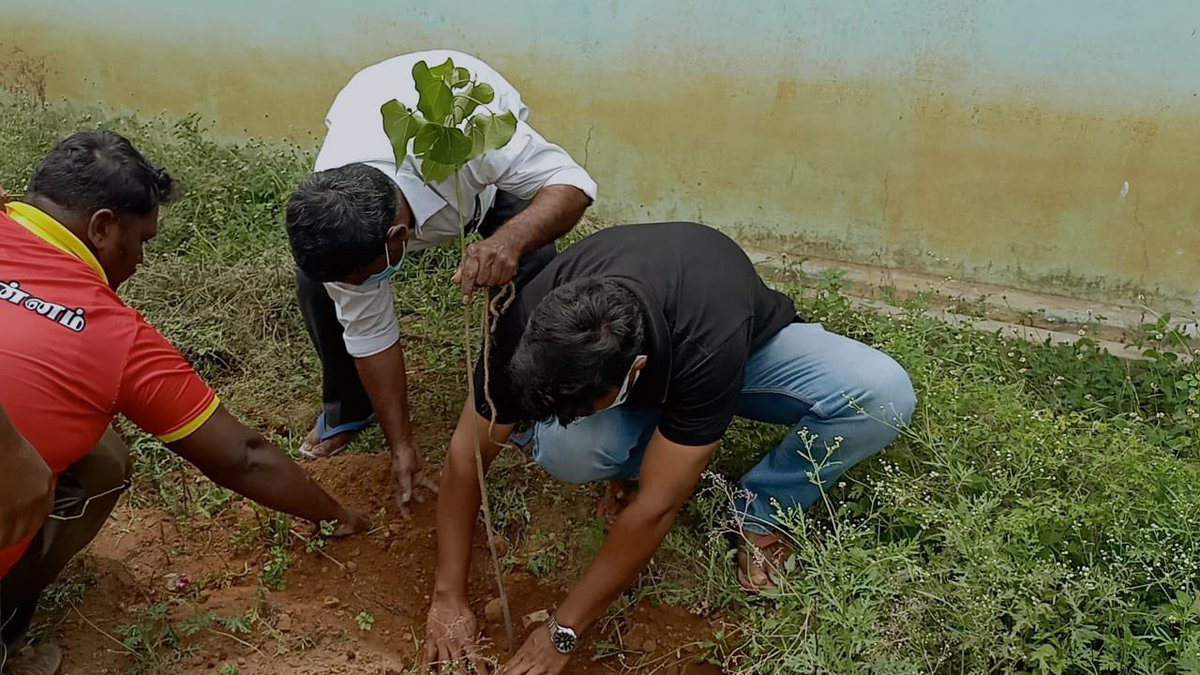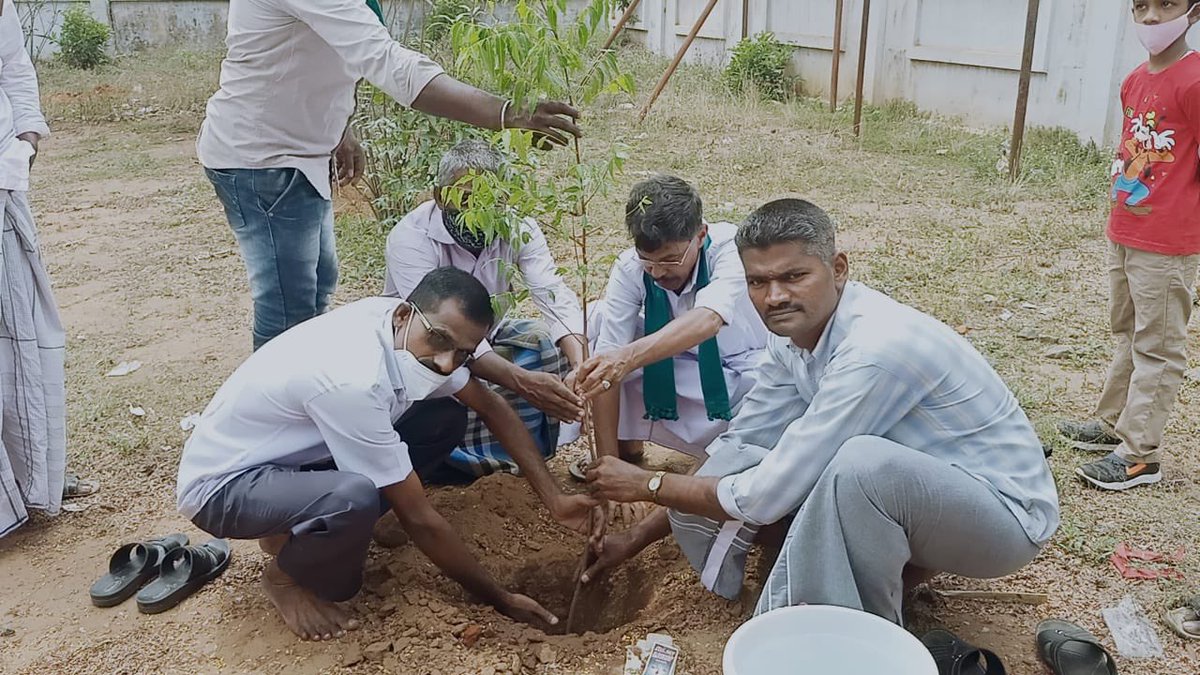
identical with those of the Tamils. North Indians do not worship Lord Mauruka but the Sinhalese worship Lord Muruka with great piety.
H. A. J. Hulugalle, in his booklet ‘Information for Tourists, 1947’ says in the first paragraph on page one: “The Sinhalese are a mixed - 26/82
H. A. J. Hulugalle, in his booklet ‘Information for Tourists, 1947’ says in the first paragraph on page one: “The Sinhalese are a mixed - 26/82
race, their language has been vastly enriched with words from the Tamil vocabulary. Mudliyar W. F. Gunawardene says the Sinhala language is primarily a Dravidian language. The structural foundation of Sinhala is Dravidian while the super structure is Aryan
Sinhse, Tamils - 27/82
Sinhse, Tamils - 27/82
and Buddhismale
October 24, 2012
By Vinod Moonesinghe
A persistent myth, which has helped create disharmony in Sri Lanka, is that the Sinhalese and Tamils have had a continuous history of mutual antagonism from the earliest past. In fact, ethnic enmity in Sri Lanka - 28/82
October 24, 2012
By Vinod Moonesinghe
A persistent myth, which has helped create disharmony in Sri Lanka, is that the Sinhalese and Tamils have had a continuous history of mutual antagonism from the earliest past. In fact, ethnic enmity in Sri Lanka - 28/82
has modern roots, based in the divisive race politics of the British colonial power. Historically, ethnicity was not really a cause of dissension.
The Liberation Tigers of Tamil Eelam (LTTE) adopted as their emblem the tiger, the totemic emblem of the Chola emperors - 29/82
The Liberation Tigers of Tamil Eelam (LTTE) adopted as their emblem the tiger, the totemic emblem of the Chola emperors - 29/82
as a challenge to the ‘Sinhalese lion’ of the ‘Lion Flag’. In fact, the ‘Lion Flag’ is an adaptation of the royal standard of the Tamil Nayakkar king of Kandy, Sri Wickrama Rajasinghe.
In the latter stages of the Kandyan kingdom, the Nayakkar royal family and much of - 30/82
In the latter stages of the Kandyan kingdom, the Nayakkar royal family and much of - 30/82
the aristocracy were of South Indian Tamil origin – many of whom signed the Kandyan Convention in Tamil. Indeed, such was the hold of the Tamil nobility that each anti-British rebellion, right down to 1848, required a Nayakkar pretender to the throne.
The imagined - 31/82
The imagined - 31/82
ancient hostility between Sinhalese and Tamils comes from an erroneous reading of our history; in particular from taking the Pali chronicles, the Mahawamsa and the Culawamsa, out of context.
The colonialists promoted a picture of ‘Aryan’ Sinhalese at odds with Dravidian - 32/82
The colonialists promoted a picture of ‘Aryan’ Sinhalese at odds with Dravidian - 32/82
Tamils, so that they could adopt an analogous position: ‘Aryan’ British liberating ‘Aryan’ Kandyans from ‘Dravidian’ Nayakkar domination. However, to the dismay of the British Raj, the nascent Sinhalese Buddhist bourgeoisie turned these ‘Aryan’ arguments against the - 33/82
British themselves. Unfortunately, the dichotomy between Sinhalese and Tamils was exacerbated – as intended by the colonial power. In the early 20th century the Tamil elite, reacting against ‘Aryanism’, began asserting the superiority of the ‘pure’ Dravidian races over - 34/82
the ‘hybrid mongrel’ Sinhalese.
In this era of post-war reconciliation, we must adjust our exclusivist historiographies. Like our ancestors, we should both emphasise the similarities and enjoy the diversity. The first step could be, as the late Regi Siriwardena suggested - 35/82
In this era of post-war reconciliation, we must adjust our exclusivist historiographies. Like our ancestors, we should both emphasise the similarities and enjoy the diversity. The first step could be, as the late Regi Siriwardena suggested - 35/82
highlighting ‘the diverse ethnic strands that have gone into the making of our nationhood and the various elements that these ethnic groups have contributed to our culture, and indeed to our daily existence’.
Genetic studies indicate that the differences between - 36/82
Genetic studies indicate that the differences between - 36/82
‘Sinhalese’ and ‘Tamils’ in Sri Lanka are minor. It should be remembered that entire castes of various origins were assimilated into both ethnic groups; there have also been extensive intermarriages between them and a large part of the ‘pre-Vijayan’ population of the - 37/82
island were absorbed into both.
Archaeological findings indicate that the original population was probably Veddha (Vannialaetto), with whom genetic studies show the Sinhalese have a slight affinity. At some time, there appear to have been migrations of people from India - 38/82
Archaeological findings indicate that the original population was probably Veddha (Vannialaetto), with whom genetic studies show the Sinhalese have a slight affinity. At some time, there appear to have been migrations of people from India - 38/82
(possibly from central India). Who these people were, we do not know – although they were probably related both to the Bengalis and to south Indian peoples.
Studies on the skeletal remains in the Pomparippu urn burials, part of Sri Lanka’s megalithic Iron Age, indicate - 39/82
Studies on the skeletal remains in the Pomparippu urn burials, part of Sri Lanka’s megalithic Iron Age, indicate - 39/82
the affinity of this population to the modern Sinhalese. Similar urn burials have been found in South India.
The oldest Pali chronicles, the Dipawamsa and the Mahawamsa indicate that they were Yakkhas and Nagas. There appears to be confirmation of this in the statements - 40/82
The oldest Pali chronicles, the Dipawamsa and the Mahawamsa indicate that they were Yakkhas and Nagas. There appears to be confirmation of this in the statements - 40/82
of ‘Rachias’, the head of the embassy to Claudian Rome, in the Mahayanist ‘Avalokitesvara-Guna-Karandavyuha Sutra’, and in the Chinese monk Fa Hsein’s ‘Record of the Buddhistic kingdoms’. It is possible that these ‘Nagas’ may have been related to the ‘Nagas’ who lived - 41/82
between the Godavari and Narmada rivers and in Avanti in Mauryan times and later. The south of the subcontinent certainly abounds in their name: Nagercoil, Nagapattinam, Nagpur and so on. The seven-headed Naga (cobra) was associated with lakes and tanks, indicating that - 42/82
the Nagas may have been responsible for the hydraulic civilisation of Sri Lanka and southern India.
It has been suggested the Nagas were ‘Tamils’, which is improbable. The cobra, associated with the Nagas, is ‘Naga’ in the Indo-Aryan languages, but not in the Dravidian - 43/82
It has been suggested the Nagas were ‘Tamils’, which is improbable. The cobra, associated with the Nagas, is ‘Naga’ in the Indo-Aryan languages, but not in the Dravidian - 43/82
In Tamil it is ‘nalla paambu’ (‘good or correct snake’) or ‘naaga pambu’ (‘Naga snake’); it is also referred to as the ‘Naga snake’ in Telugu and Kannada. This suggests that Dravidian speakers associated the cobra with the Nagas, but were not Nagas themselves.
According - 44/82
According - 44/82
to ancient Tamil tradition, the Pallava dynasty had its origins in the union of a Naga princess with a Chola king. The Pallavas may have been a central Indian clan, possibly from the same area as occupied by the Nagas.
In the middle of the 1st Millennium BC, a group - 45/82
In the middle of the 1st Millennium BC, a group - 45/82
of people calling themselves ‘Sinhala’, arrived from North India. Both the Dipawamsa and the Mahawamsa mention that the legendary King Vijaya came from Sinhapura in the Lala country (Gujarat), tarrying at Broach (Bharukkaccha) and/or Sopara (Supparaka) on the way - 46/82
This indicates that the settlers came from Gujarat rather than from Bengal, which accords with the linguistic evidence – Sinhala and Dhivehi are closer to Gujarati and Marathi than to Bengali and Gujarat, but not Bengal, was a habitat for lions, associated with Sinhalas in- 47/82
legend. The Kathiawar city of Sihor has been identified with Sinhapura.
Recent genetic evidence has also suggested that Gujarat may have been the place of origin of at least a section of the Sinhalese; a small admixture of Punjabi genes accords with the chronicles - 48/82
Recent genetic evidence has also suggested that Gujarat may have been the place of origin of at least a section of the Sinhalese; a small admixture of Punjabi genes accords with the chronicles - 48/82
legends of brides being brought from ‘Madda’ and from ‘beyond the Ganges’.
Variants of the Vijaya legend, which may have a historical core, were extant in the early first Millenium AD, as evidenced by the ‘Avalokitesvara-Guna-Karandavyuha Sutra’, which speaks of a prince - 49/82
Variants of the Vijaya legend, which may have a historical core, were extant in the early first Millenium AD, as evidenced by the ‘Avalokitesvara-Guna-Karandavyuha Sutra’, which speaks of a prince - 49/82
“Un roll” @threadreaderapp
• • •
Missing some Tweet in this thread? You can try to
force a refresh



















